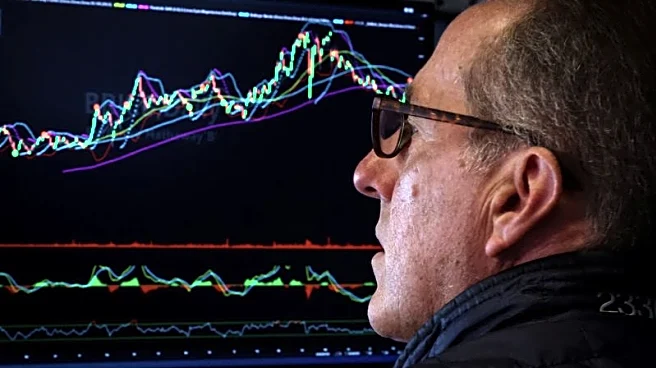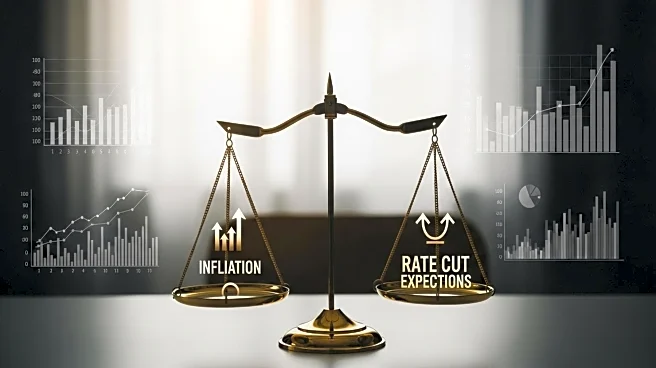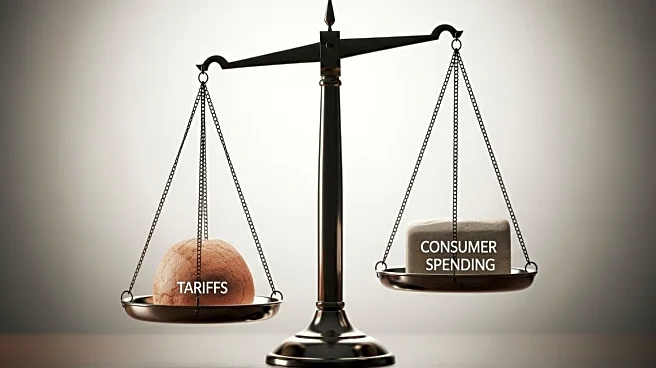What is the story about?
What's Happening?
The U.S. labor market is showing signs of slowing down, with employers demonstrating little enthusiasm for hiring in August. Economists project that approximately 75,000 jobs were added, marking a potential increase in the unemployment rate to 4.3%, the highest in nearly four years. This trend represents four consecutive months of sub-100,000 payroll growth, the weakest stretch since the pandemic's onset in 2020. The upcoming jobs data from the Bureau of Labor Statistics will be crucial for Federal Reserve officials as they prepare for their September policy meeting. Some officials are concerned about the slowdown in payroll growth, while others, like Governor Christopher Waller, advocate for an interest-rate cut due to sluggish hiring. The Fed will also release its Beige Book, providing insights into the economy, and comments from regional bank presidents are expected.
Why It's Important?
The anticipated slowdown in job growth has significant implications for U.S. economic policy and the Federal Reserve's decision-making process. A higher unemployment rate could influence the Fed's approach to interest rates, with some officials considering a rate cut to stimulate hiring. The labor market's performance is a key indicator of economic health, affecting consumer spending and business investment. The Fed's actions will impact borrowing costs, influencing sectors such as housing and consumer goods. Additionally, President Trump's efforts to use tariffs to address trade imbalances and boost domestic production are part of broader strategies to enhance job growth and economic stability.
What's Next?
The Federal Reserve's September meeting will be pivotal in determining the direction of U.S. monetary policy. Stakeholders, including investors and businesses, will closely monitor the Fed's decisions on interest rates, which could affect market dynamics and economic growth. The release of the Beige Book and comments from Fed officials will provide further insights into the economic outlook. Additionally, separate data on job openings is expected to show a decline, indicating reduced demand for workers. These developments will shape expectations for future labor market performance and economic policy adjustments.
AI Generated Content
Do you find this article useful?















